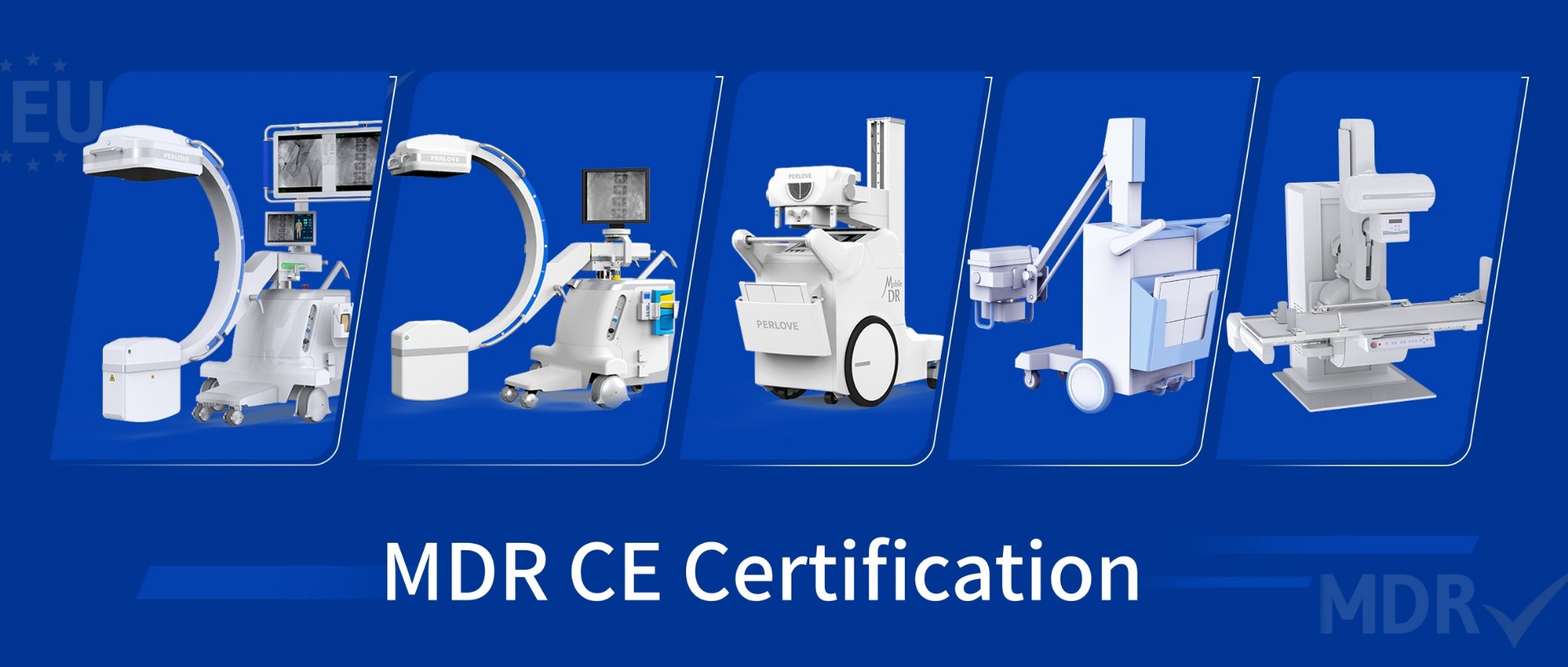News
2022-12-09 14:49:25 Views:1059
【Clinic Case】Robot-assisted percutaneous balloon dilatation of the vertebral body
Recently, the Second Affiliated Hospital of Nanjing Medical University successfully performed minimally visible spine surgery on an 81-year-old female with a thoracic spine (T12) compression fracture with the assistance of Perlove Medical's orthopedic surgery robot and close collaboration among team members. Director Wang Boyao exclaimed, "The precise positioning of thoracic spine fractures is a crucial factor affecting the surgical outcome. Traditional surgery requires the surgeon's extensive surgical experience, but with the assistance of robotic navigation, we can control the error to less than 0.7 mm, making the surgery more precise and efficient."
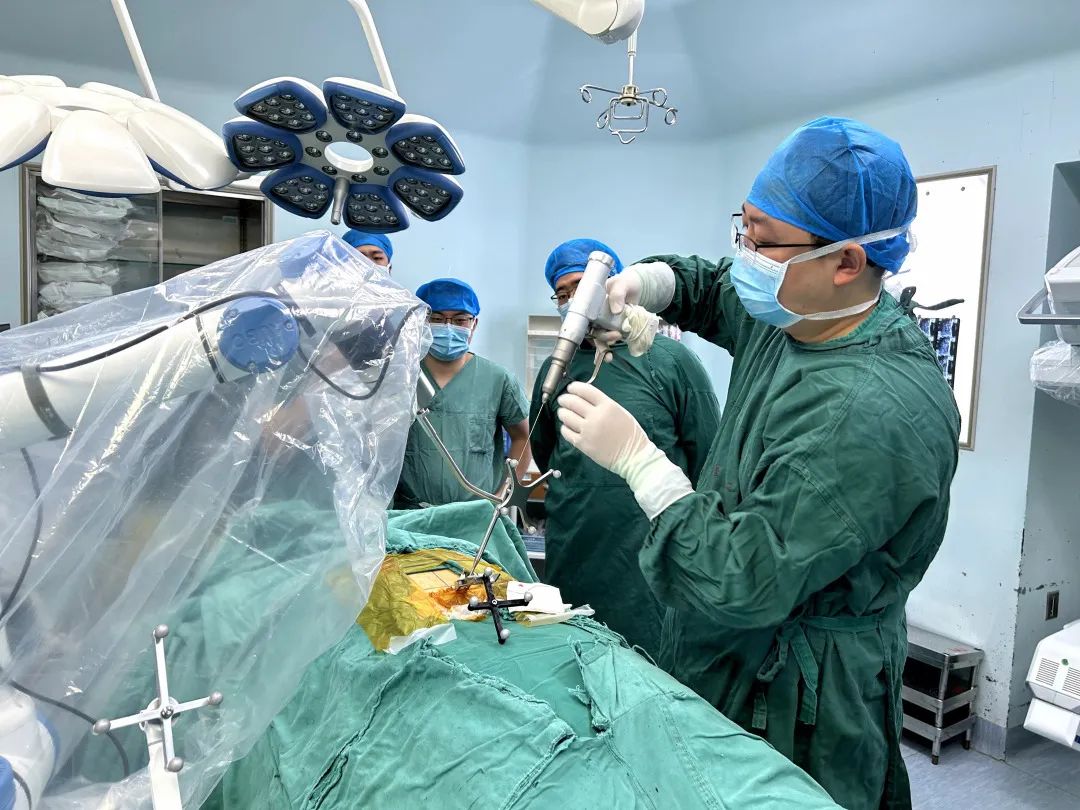
After being positioned by robot, doctors inserted the screws
Case: Robot-assisted percutaneous vertebral body balloon dilatation angioplasty
Unit: The Second Affiliated Hospital of Nanjing Medical University
Patient's age: 81 years old
Patient's gender: female
Admission diagnosis: thoracic compression fracture (T12) (primary diagnosis); lumbar spondylolisthesis; cerebral infarction; hypertension grade 1; diabetes mellitus.
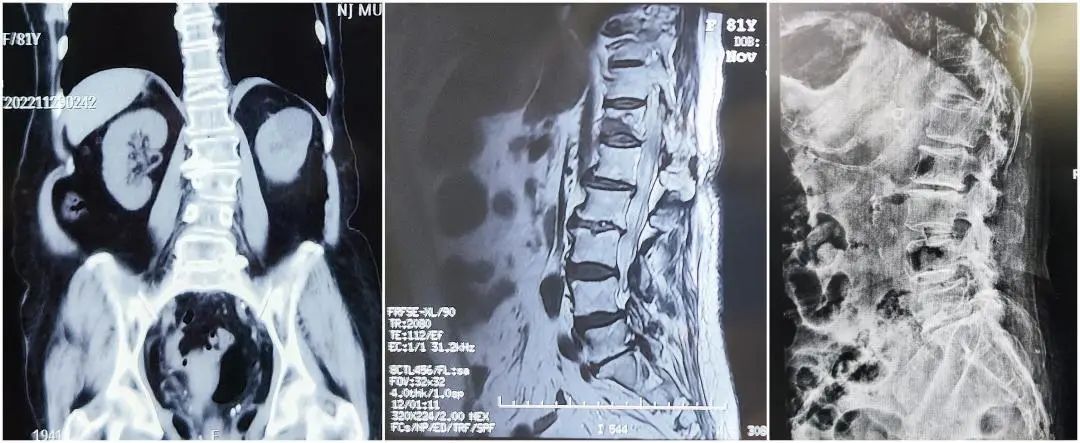
Preoperative X-ray image of the patient
Through detailed communication with the patient, Wang Boyao, director of the orthopedic department of the hospital, led his medical team to evaluate the safety of vertebroplasty in the treatment of ultra-high-age vertebral compression fractures and the complexity of the patient's condition, and finally decided to use intelligent means to develop a personalized surgical plan for the patient and perform robotic-assisted T12 percutaneous vertebral balloon dilatation kyphoplasty.
How does the robot assist in surgery?
Part01 C-Arm 3D Reconstruction + Robotic Surgery Planning
The patient's thoracic spine is scanned and reconstructed in 3D using Perlove Medical's 3D C-arm, and the images are simultaneously transmitted to Perlove Medical's orthopedic surgery robotic navigation system.
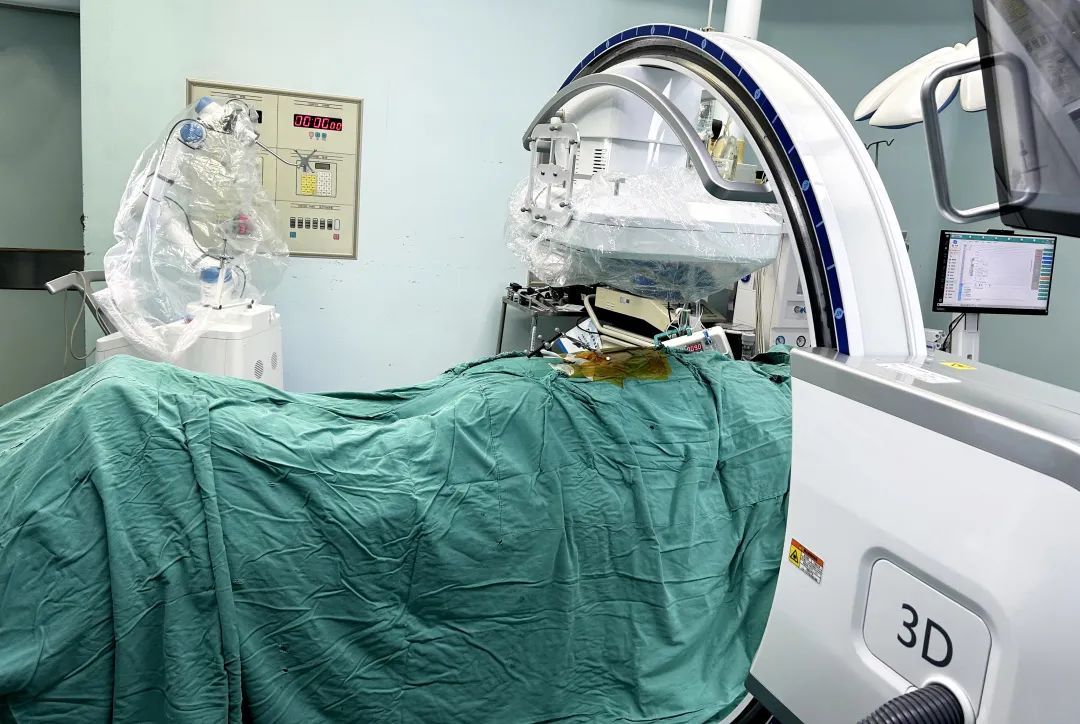
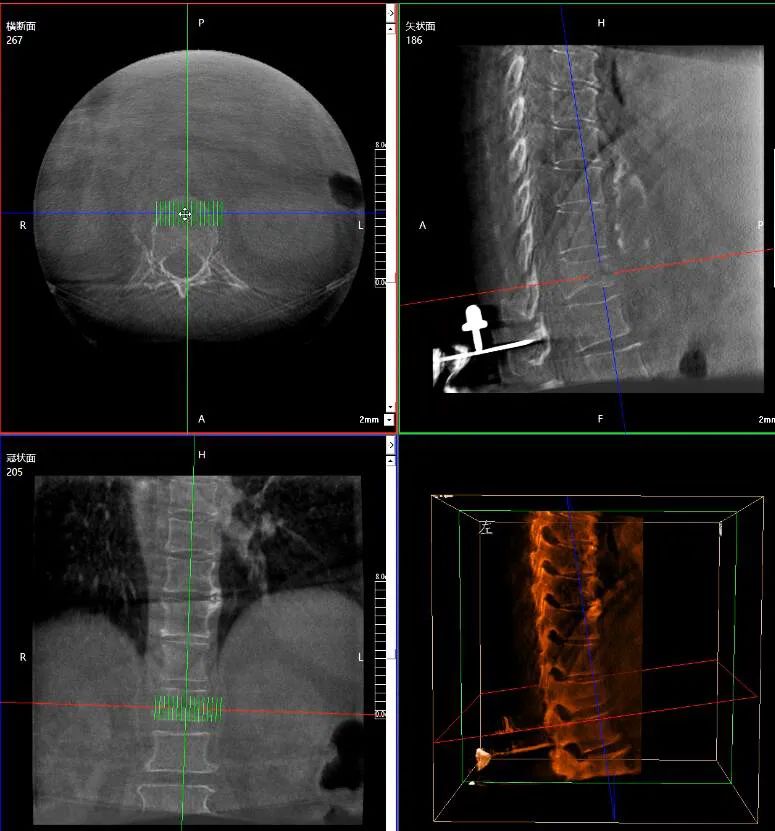
With the help of the planning software of the orthopedic surgery robot, the preoperative surgical path simulation is planned to find the best puncture position and angle, and the robotic arm is operated to quickly complete the precise positioning of the surgical entry point.
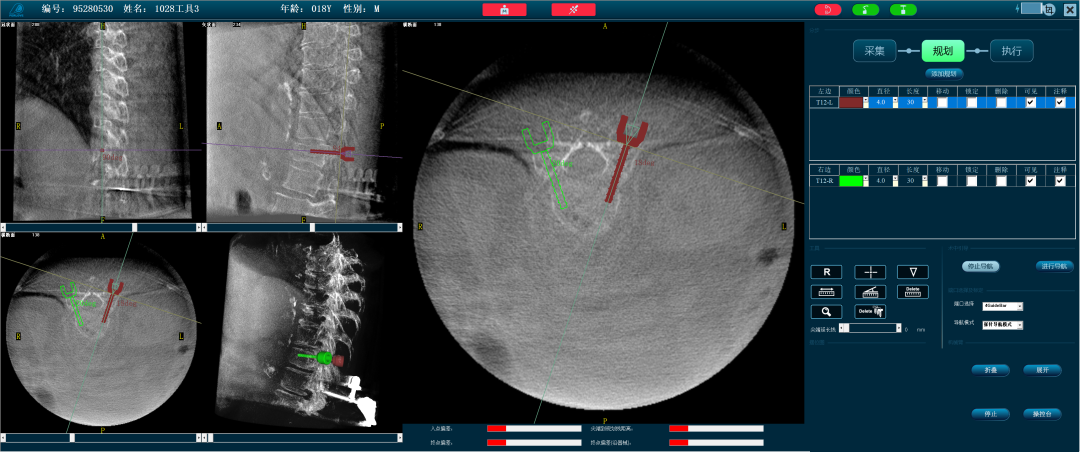
Part02 Surgical procedure
A 1-2 cm long incision is incised on the patient's body surface, and a Kirschner needle guide sleeve is sent through the incision to the focal vertebral body in the direction of the robotic arm positioning point, and a Kirschner needle is driven in the direction of the sleeve for positioning.
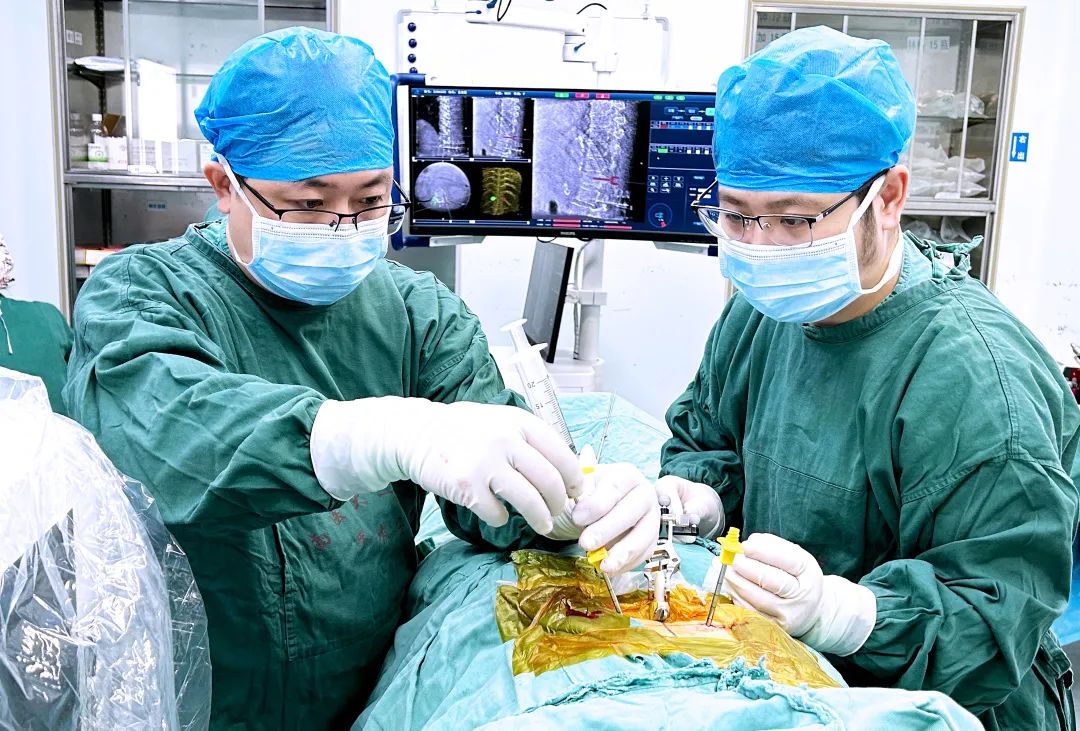
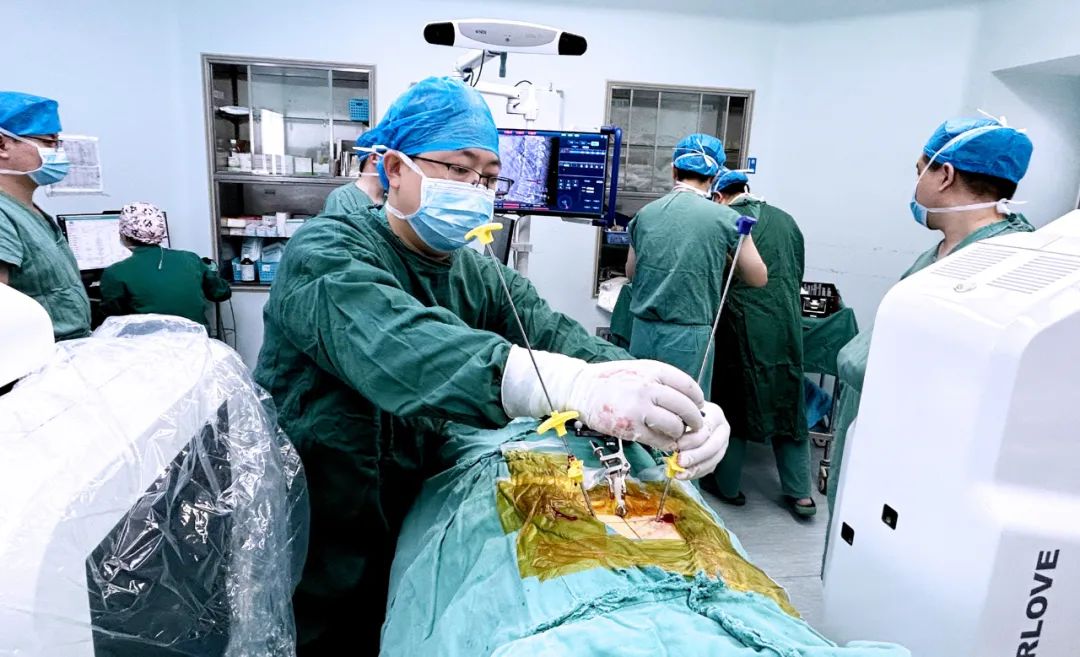
The working sleeve is inserted along the guide needle, the guide needle is removed, and after completing the balloon expansion, the bone cement is injected slowly through the bone cement injector precisely at the fracture site to help restore the shape and strength of the vertebral body.
Part03 Confirmation of surgical results
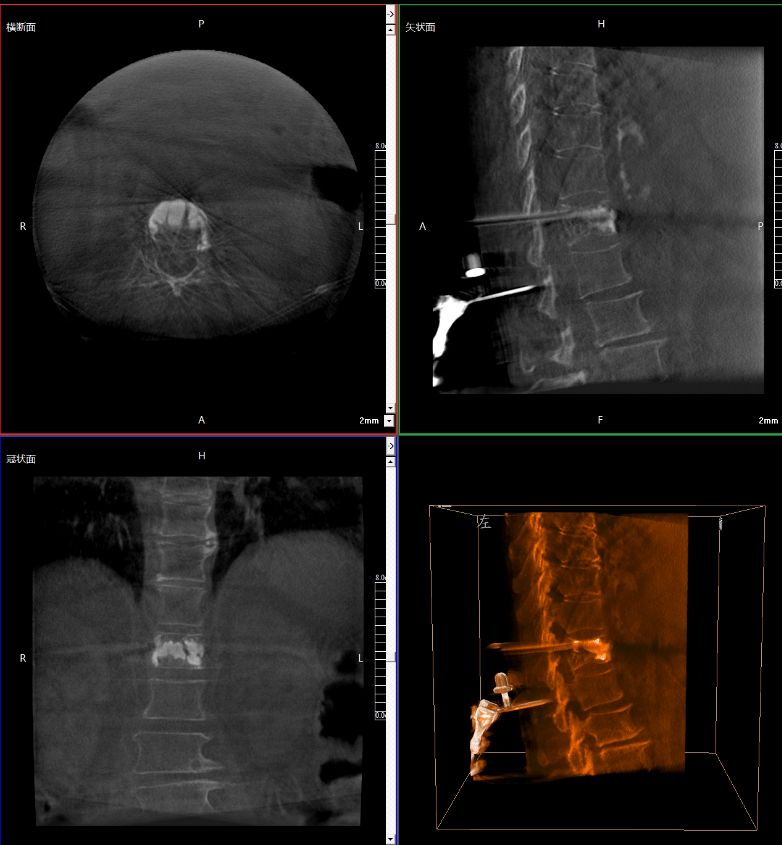

Impact shows an excellent cement placement results
The clinical experience was a perfect match between Perlove Medical's spinal surgical navigation and positioning system and the surgeon. The sub-millimeter precision positioning, intuitive preoperative planning and precise execution of the robotic arm allow the surgeon to understand the location of the injured spine and the optimal puncture path with only preoperative 3D reconstruction, without expanding the incision to locate the needle path, which not only greatly increases the one-time puncture success rate, but also significantly reduces the requirement for surgeon experience and makes the surgery less difficult to start.
View More
-
Another International Milestone! Multiple Perlove Medical Devices Achieve MDR CE Certification
Read More » -
Discover Innovation at Medic East Africa 2025 in Nairobi, Kenya!
Read More » -
JFR 2025 in Paris Concludes Successfully – Perlove Medical Highlights
Read More » -
Orthopedic Robotic-assisted MIS-TLIF surgery
Read More » -
Discover Innovation at JFR 2025 in Paris, France!
Read More » -
【Respiratory Interventions, 3D Imaging Guidance】3D C-Arm Assists in Minimally Invasive Diagnosis and Treatment of Pulmonary Nodules Under Robotic Navigation
Read More »



